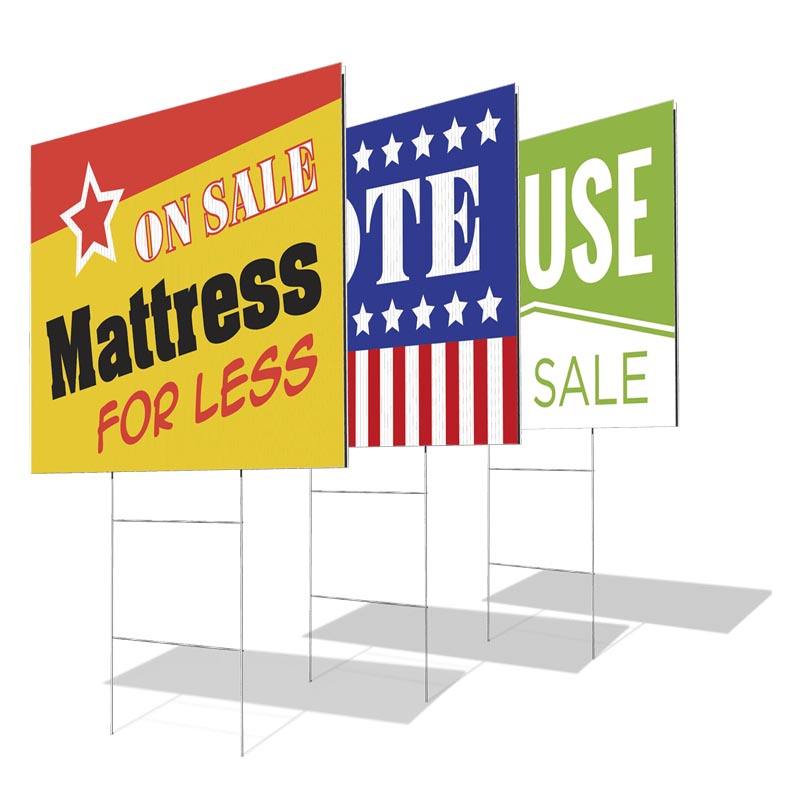PP corrugated sheets are widely recognized for their versatility and functionality. While many are familiar with their use as signboards, these lightweight and flat sheets offer a range of practical applications beyond advertising. One of their key advantages is their ability to be printed, but it's important to note that not all PP corrugated sheets are created equal. Only those that have undergone corona treatment are suitable for printing, ensuring excellent print quality and performance.

What is corona treatment?
Corona treatment is a process that involves the use of high-frequency electric discharge to modify the surface properties of various materials, including plastics, films, and paper. This treatment is applied to materials that are difficult to bond, print, or coat due to their low surface energy. The treatment increases the surface energy of the material, making it easier to adhere to adhesives, inks, or coatings.
Why do corona treatment for PP corrugated sheet?
Polypropylene, a type of plastic, is known to be non-polar which can result in poor adhesion to printing inks and adhesives. However, with the help of corona treatment, the surface energy of PP corrugated sheet can be altered and its molecular structure rearranged to improve adhesion. This way, printing ink can adhere better to the surface of PP corrugated sheet, resulting in high-quality prints that are sure to stand out. Embracing innovative solutions like corona treatment is truly a step forward in enhancing the versatility of plastics and ensuring they can be used for a variety of purposes.
How do I know if my PP corrugated sheet is printable?
To know whether it is suitable for printing, that is, to judge whether this PP corrugated sheet has been corona treated. However, the truth is that there is no difference in appearance. There is no difference in appearance between a corona treated PP corrugated sheet and a non-corona treated PP corrugated sheet.
The testing method is uncomplicated and only requires a dyne pen, making it easy for anyone to carry out. The dyne pen comes with various dyne values to ascertain if the corona treatment results fulfill the criteria and give an estimate of the dyne value of the plastic sheet surface. This straightforward process allows for positivity and productivity in determining the surface properties of plastics.
The Dyne test is quick and easy. First, choose a dyne pen with the dyne value you need. Use this dyne pen to draw a line on the surface of PP corrugated sheet. If it is in a continuous line, it means that the dyne value of the board is higher than the dyne value of the dyne pen, and it can be printed. If it is intermittent and cannot be connected into a line, it means that the board surface has not been corona treated or the corona treatment is insufficient, which does not meet the printing requirements.
It is important to note that the positive effects of corona treatment on PP corrugated sheets may gradually diminish over time. Therefore, it is best to leverage the benefits of corona treatment by using them for printing as soon as possible. Keep in mind that with timely utilization, these sheets will provide excellent and long-lasting print results, allowing you to achieve the desired outcomes with ease.
